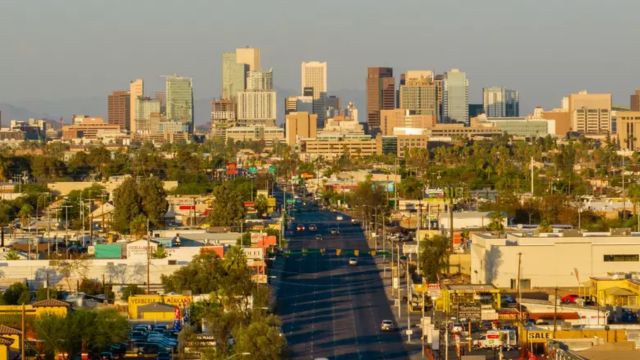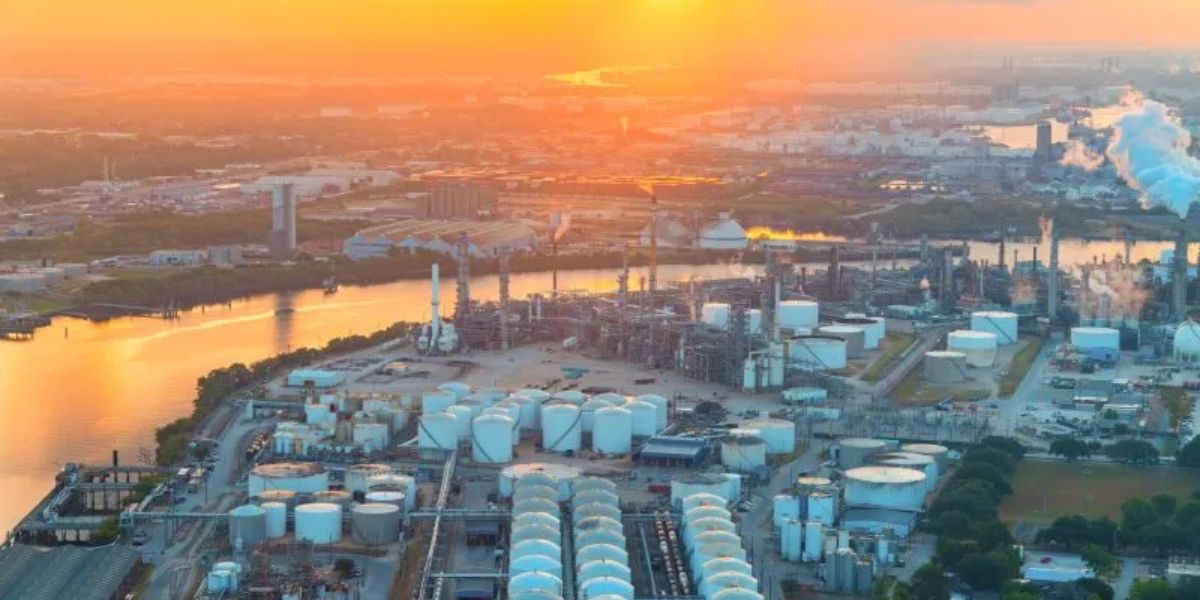MJP –
Two major Texas cities, Houston and San Antonio, have landed on a list of the “dirtiest cities” in America, a distinction that has sparked concern among residents and city leaders alike.
The cities were ranked based on factors like air quality, waste management, and overall cleanliness, which included assessments of public spaces, streets, and environmental policies.
The Rankings: What Makes a City “Dirty”?
The list, compiled by a national research organization focused on urban livability, looked at a range of cleanliness metrics, including:
- Air Quality: Levels of pollution and the effectiveness of efforts to reduce smog and harmful emissions.
- Waste Management: Efficiency in waste disposal, recycling programs, and the state of public sanitation.
- Street Cleanliness: The frequency of street cleaning, litter management, and the general upkeep of public spaces.
- Environmental Health: Green spaces, stormwater management, and efforts to combat pollution.

Cities that scored poorly in these areas were placed on the “dirtiest” list. According to the report, both Houston and San Antonio received low marks for various aspects of urban cleanliness, with particular criticism for waste management and pollution.
Houston: The Largest Offender
Houston, the largest city in Texas, has long struggled with air quality, primarily due to its proximity to the oil and gas industry, which contributes to high levels of air pollution. The city is also criticized for its handling of trash and waste.
Two California Cities Make the List of America’s ‘Dirtiest’ Urban Areas
Despite efforts to improve its recycling programs and increase green spaces, Houston has faced challenges in managing the increasing volume of waste generated by its rapidly growing population.
The report highlighted that Houston’s streets and public areas often suffer from litter, and the city struggles to maintain cleanliness in its more densely populated neighborhoods. The lack of a comprehensive, city-wide street cleaning program further exacerbates the problem, leaving certain areas with uncollected trash and debris.
San Antonio: Struggling with Pollution and Waste
San Antonio, the second Texas city to make the list, faced similar criticisms related to waste management and air quality. While the city has made strides in implementing recycling programs, the report found that San Antonio’s public spaces, particularly near its historic downtown district, often have significant litter issues. Street cleanliness continues to be a major concern, with some residents noting that the city’s commitment to frequent clean-ups is inconsistent.
San Antonio also suffers from traffic congestion, which contributes to high levels of air pollution, affecting overall air quality in the region. With the city’s rapid population growth and urban expansion, the ability to efficiently manage waste and maintain public spaces has become increasingly challenging.
Why It Matters: Public Health and Quality of Life
The implications of being named one of the “dirtiest” cities in the U.S. go beyond aesthetics. Poor cleanliness in urban areas can have a serious impact on public health and quality of life. Polluted air can lead to respiratory issues, while poorly managed waste systems can foster the spread of diseases. Littered streets also create an unappealing environment, which can negatively affect tourism and local business development.
For cities like Houston and San Antonio, these cleanliness issues can also impact the perception of their livability, potentially deterring new residents or investors who may be looking for more well-maintained urban environments.
What Cities Are Doing to Improve
Both Houston and San Antonio have acknowledged the concerns raised in the report and are working toward solutions.
Houston’s Initiatives
Houston has launched several initiatives to combat its cleanliness challenges. The city has made strides in expanding its curbside recycling programs and has begun focusing more on waste diversion strategies to reduce landfill waste.
Mayor Sylvester Turner has called for more robust waste management practices, including expanding the city’s trash pickup services and increasing funding for street cleaning. Houston has also started investing in cleaner technologies to help reduce the impact of its oil and gas industries on local air quality.
California Dreamin’ Are 18 Cities Ranked for Their Kindness—Is Yours on the List?
Additionally, local community organizations have been active in organizing neighborhood clean-up events to combat litter and promote more sustainable waste practices among residents.
San Antonio’s Efforts
San Antonio has also taken action to improve its environmental health. The city’s “Clean and Green” initiative aims to enhance waste management by implementing more comprehensive curbside recycling programs and upgrading the infrastructure for handling waste. San Antonio has partnered with local nonprofits and community groups to organize regular clean-up events and encourage residents to adopt sustainable practices.
The city has also pledged to invest in its public transportation system to reduce traffic congestion, which would help improve air quality. Additionally, San Antonio has launched green infrastructure projects designed to improve stormwater management and beautify public spaces.
Moving Forward: A Long Road to Cleanliness
While both Houston and San Antonio are taking steps to address their cleanliness issues, it’s clear that improving urban environments is a long-term challenge that requires sustained effort and investment. Local governments, businesses, and residents all play a role in maintaining the health and appearance of their cities. As the population in these cities continues to grow, there will need to be a more coordinated and aggressive approach to managing waste, reducing pollution, and maintaining public spaces.
Ultimately, the ranking of these two Texas cities serves as a wake-up call for local leaders to prioritize environmental health and cleanliness. In a competitive urban landscape where cities are increasingly vying for talent and investment, keeping streets clean and air fresh will be a key factor in shaping their future.
Conclusion
Being named among the “dirtiest” cities in the U.S. is undoubtedly a setback for Houston and San Antonio, but it’s also an opportunity for change.
With a focused effort on improving waste management, air quality, and street cleanliness, both cities can work to reverse their reputations and become more livable and sustainable places for future generations. However, this will require ongoing commitment from local leaders, residents, and businesses to create a cleaner, healthier urban environment for everyone.




